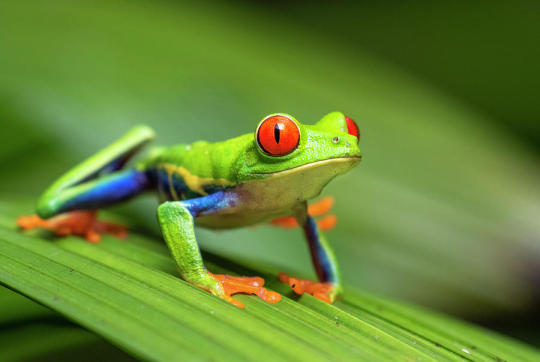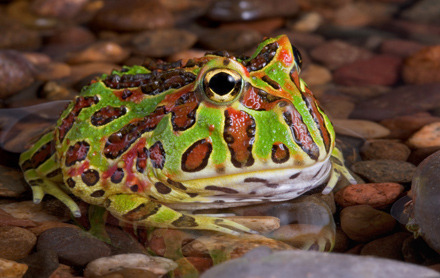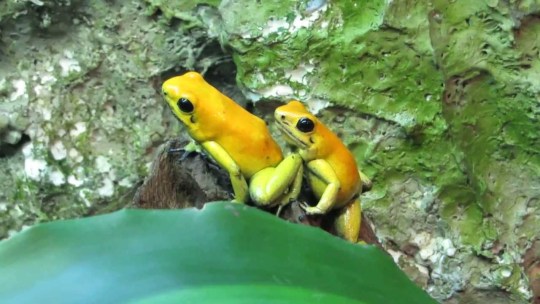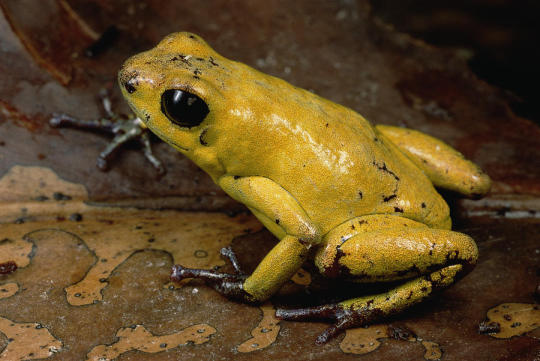Text

A Suriname toad [Pipa pipa] giving birth through its back.
2 notes
·
View notes
Text

Here we can see a Wallace's tree frog [Rhacophorus nigropalmatus] in action.
1 note
·
View note
Text


Red-eyed tree frog [Agalychnis callidryas]is a large species of frog reaching up to 6.5 cm in body length. It has a bright green back. The belly is yellow. The pupil is horizontal, and the iris is orange or red. The backs of the thighs are purple, and the hands and feet are yellow. Fingers are three-quarters webbed and toes are nearly fully webbed, both with large discs.
0 notes
Text



White’s tree frog [Litoria caerulea] are an incredibly docile amphibian that is unafraid of humans and often lives in close contact with people throughout its habitat. These chubby frogs are also known as Dumpy Tree Frogs because of their pudgy bodies and the large bulges they grow above their heads as adults. They can range in color from bright green to a beautiful teal blue and sometimes even appear purple. In captivity, there is a selectively bred line known as a Snowflake which exhibits extreme amounts of white speckling all over its body. Reluctant to jump, hardy, and large at 4-5” as adults, these frogs make a great first amphibian pet for anyone.
0 notes
Text



Argentine horned frog [Ceratophrys ornata], also known as the Ornate pacman frog. This species is endemic to South America. It is the most common species of horned frog, in the grasslands of Argentina, Uruguay and Brazil. A voracious eater, it will attempt to swallow anything that moves close to its wide mouth, such as insects, rodents, lizards, and other frogs, even if this predator would suffocate in the process.
0 notes
Text



Black-legged poison frog [Phyllobates bicolor], is a species of dart frog native to the Choco region of western Colombia. This is the second most toxic species of dart frog, second only to Phyllobates terribilis. They should not be underestimated, though; P. bicolor is one of the few dart frog species with confirmed human fatalities.
0 notes
Text



Common rain frog [Breciceps adspersus] a species found throughout central and southern Africa. These frogs are members of the Brevicipitidae family, encompassing 34 known species in 5 genera. Common rain frogs are stout little burrowers often found near termite mounds and ant hills, where they eat their fill before returning to the soil.
1 note
·
View note